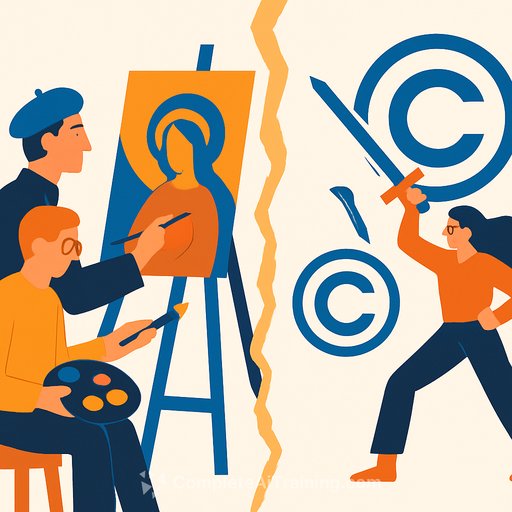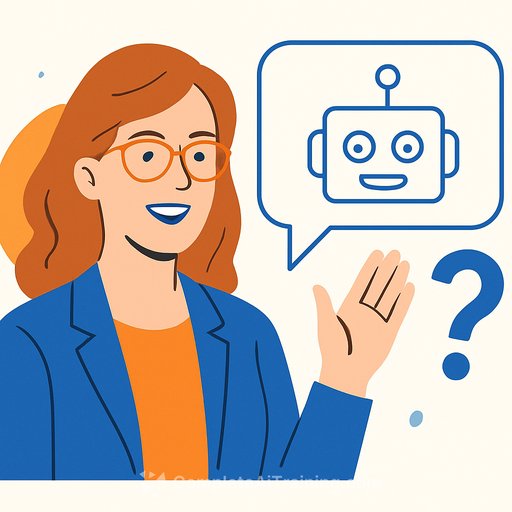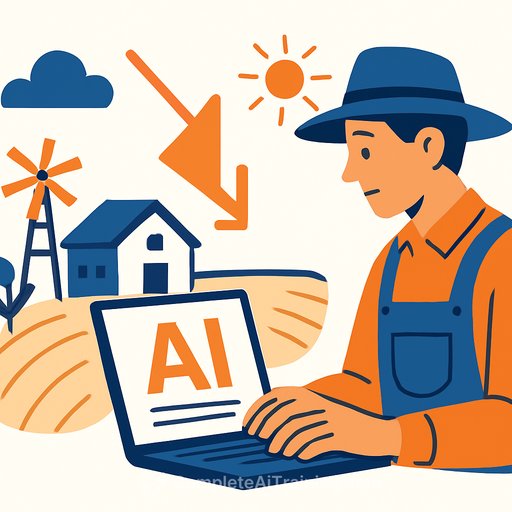Copying: From Reverence to Controversy
Centuries ago, copying was seen as a sign of respect and even reverence. Take Byzantine icons, for example—they were reproduced repeatedly as a way to honor the original. Before Gutenberg's mid-15th-century invention of the printing press, scribes painstakingly copied ancient and medieval manuscripts by hand, often repeating this process many times.
When scribes transcribed works like Pliny the Elder’s Natural History or Columella’s On Agriculture, they did not consider themselves violators of creative ownership. Their goal was preservation—keeping important knowledge alive for future generations.
The Shift in Attitudes Toward Copying
Fast forward to today, and the attitude toward copying has shifted dramatically. Writers have raised alarms over how their works are used to train large language models (LLMs). Copyright laws seem to fall short in protecting authors’ rights, especially when it comes to AI training datasets.
A recent article in The Atlantic sheds light on this issue, revealing that companies like Meta have used databases such as Library Genesis (LibGen)—a shadow library filled with over 7.5 million pirated books—to train AI models. Writers who search their own names in LibGen are often shocked to find their work included without permission.
Copyright Protection: Challenges and Efforts
Writers expect copyright to shield them from unauthorized use, but reality tells a different story. In the U.K., authors are pushing the government to hold companies like Meta accountable for using copyrighted books without compensation. They want fair payment for these infringements.
The copyright debate has expanded beyond authors to involve platforms like WeTransfer, a file-sharing service founded in 2009. Copyright laws themselves are complex, sometimes unclear, and frequently changing. For practical guidance, authors can consult resources from Stanford University and Rochester University.
Interestingly, the copyright symbol © only became standard in the 1950s. Since 1989, a copyright notice is no longer required to claim rights over a work.
A Humorous Look Back at Copyright
To lighten things up, consider this witty anecdote from 1896 by James Payn, a 19th-century writer. He shared a letter from an eccentric correspondent who claimed to have “registered” the word “neat” as his private property. The letter demanded a fee every time “neat” appeared in a book, including Payn’s own publications. The correspondent’s demand was modest but absurd—charging fifteen shillings for three uses of the word.
Payn’s story highlights the sometimes strange lengths people will claim ownership over words and ideas. It even jokes about the possibility of someone trying to register the entire alphabet. This piece reminds writers that copyright, while serious, has its quirks.
What Writers Should Take Away
- Copying once meant honoring and preserving knowledge.
- Today, unauthorized use of written works—especially in AI training—raises real copyright concerns.
- Legal protections exist but can be difficult to enforce, especially internationally.
- Authors should stay informed about copyright laws and emerging challenges.
- Resources from trusted institutions can help clarify rights and protections.
For writers interested in how AI intersects with their craft, exploring training and resources on AI tools can be valuable. Check out Complete AI Training’s courses on AI and writing to stay ahead.
Your membership also unlocks:






